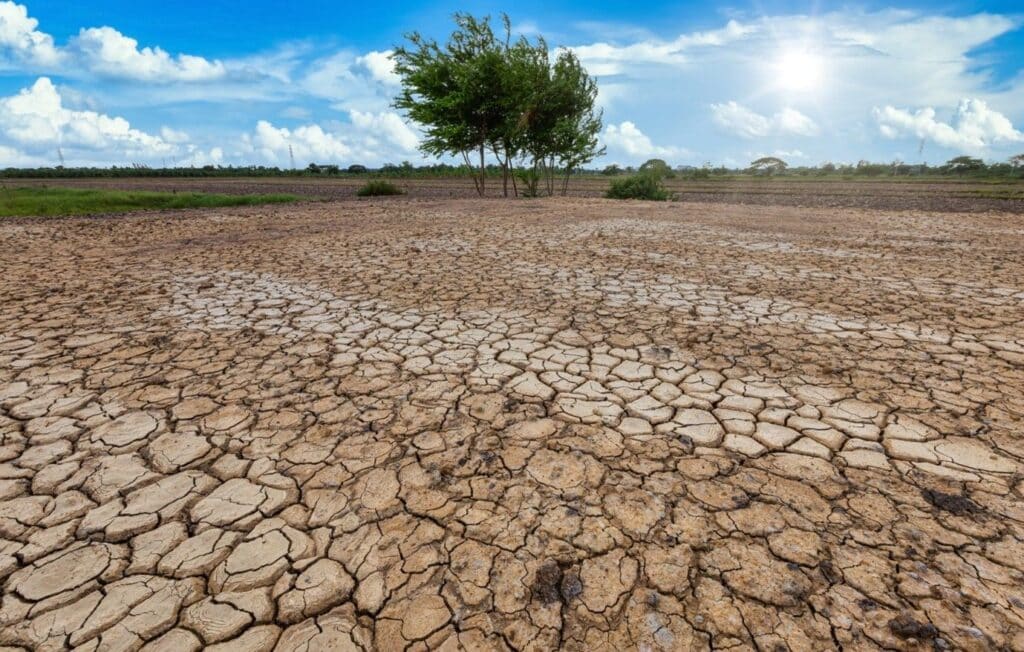How to Survive a Drought: A Practical Guide for Preparedness and Resilience
Preparing for drought before the water runs dry.
Droughts can creep up slowly but leave long-lasting effects on your home, health, and community. Whether you live in a drought-prone area or want to be prepared for the unexpected, this guide will walk you through how to survive a drought and thrive during water scarcity.
Understanding Droughts: The Silent Disaster

A drought is a prolonged period of abnormally low rainfall that leads to water shortages. Unlike sudden disasters like tornadoes or earthquakes, droughts build gradually—making preparation your best defense to survive.
Key Risks Include:
- Reduced access to clean drinking water
- Crop failure and food scarcity
- Increased risk of wildfires
- Health issues from poor hygiene or contaminated water
Before the Drought: How to Prepare
Build a Drought-Ready Go Bag
Include:
- Water pouches, filtration straws, or purification tablets (enough for 3–7 days)
- Collapsible water containers
- Personal hygiene wipes (waterless cleaning)
- Face masks or bandanas (to help with dust)
- Electrolyte tablets (for hydration)
- Moisture-retaining lotion (to combat dry skin)
Water Storage & Management
- Store at least one gallon of water per person per day (3-day minimum, ideally 2 weeks).
- Install rainwater collection systems if allowed in your area.
- Keep bathtubs or large containers ready for water storage in case of advance warning.
Learn Alternative Water Sources
- Know how to harvest dew, use solar stills, and filter greywater.
- Identify local sources like lakes or springs—use filters and purifiers.
During a Drought: Survival Strategies
Conserve Water
- Reuse greywater (from washing hands, veggies) for flushing or gardening.
- Limit showers, use dry shampoo and waterless hygiene wipes.
- Fix leaks immediately—a dripping faucet can waste 3,000+ gallons a year.
Adjust Food Choices
- Eat foods with low water footprints (e.g., rice over beef).
- Choose non-perishable items that require minimal or no water for prep.
- Stay away from dehydrating beverages like alcohol or caffeinated soda.
Hygiene Without Water
- Use alcohol-based hand sanitizers, no-rinse body wash, and dry toothbrushes with mouthwash.
- Sanitize surfaces with pre-moistened antibacterial wipes.
Health, Safety & Communication
- Stay indoors during high-heat hours (10 a.m. to 4 p.m.) to reduce dehydration risk.
- Check on elderly neighbors, infants, and pets—they’re more vulnerable to heat and dehydration.
- Keep a battery-powered radio or solar charger to stay informed if water distribution or restrictions are announced.
Long-Term Resilience
- Plant drought-resistant landscaping (xeriscaping) to reduce water use.
- Invest in low-flow faucets and toilets.
- Support community water conservation efforts.
Quick Checklist: Drought Survival Essentials
- Gallons of clean water (1 gal/day/person)
- Water purification tablets or filters
- Electrolyte supplements
- Waterless hygiene supplies
- Non-perishable food with low water prep
- Collapsible or large storage containers
- Rainwater harvesting system (if applicable)
- Solar charger or backup power source
In Conclusion
Droughts may not have the drama of hurricanes or earthquakes, but their impact can be just as devastating. With the right gear, knowledge, and habits, you can protect yourself and your family from the worst effects of water scarcity.
Preparedness starts before the first drop stops falling. Stay ready.
Ready to make your emergency go bag?
Stay one step ahead of a disaster later by taking steps to prepare now.
